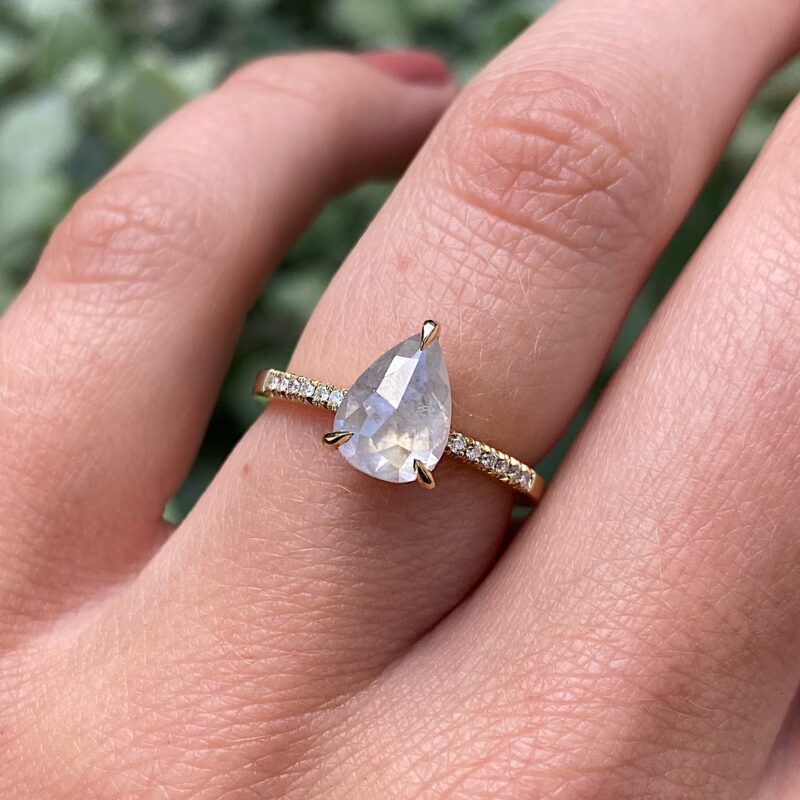Before the industrial revolution, blacksmithing was a common practise in most towns and cities. Overtime we began to favour mass production, and the need for people to use a blacksmithing forge was somewhat lost. In recent years however, there has been a resurgence of people interested in the art of blacksmithing. Today, we are going to explore traditional blacksmithing to determine what it is and what it is used to produce.
Table of Contents
Traditional Blacksmithing: What Is It?
A good place for us to start would be to determine what blacksmithing actually is. Blacksmithing is the process of heating metal (forging) to a malleable point, and reshaping it to create objects. A blacksmith is able to create a variety of objects from nails and hinges to hammers. Tools such as a hammer and anvil are used, and the objects are produced in a workshop traditionally known as a smithy.
So, What Do Blacksmiths Do?
A blacksmith, therefore, is a specialist metalsmith who uses a hammer and anvil to bring these objects to life. They will heat and manipulate metal to make repairs, manufacture tools and create ornaments. The art of blacksmithing is quite a technical process, and requires a degree of skill and experience. Blacksmiths have usually trained to be able to complete the job, and blacksmithing poses risks if you do not know what you are doing. It is advised that you obtain some experience and/ or qualifications before attempting to do it yourself.
The Fundamentals of Traditional Blacksmithing
For those looking to get into blacksmithing, or simply wishing to understand more about it, there are some fundamental steps to cover. These include: forging and hammering, drawing, upsetting, bending and punching. We will discuss these terms in greater depth below. It is worth mentioning, however, that these terms describe the fundamental steps of blacksmithing. By following these steps, blacksmiths are able to create objects of varying size, shape and thickness.
The Forge
A blacksmithing forge is what allows blacksmiths to heat the metal to the malleable point. After the correct temperature is reached, the metal is hammered to achieve the desired shape. Every project is different, and will make use of different materials with varying aims. The temperature of the blacksmithing forge, as well as the way the metal is hammered, will depend on what is being created.
Drawing

The process of drawing gives a blacksmith flexibility. By utilising the drawing process, a blacksmith is able to manipulate the metal to make it longer and thinner. A tong is typically used to hold the metal over the anvil. The blacksmith will then hammer both sides of the metal. Resultanty, the length of the metal is increased. This is repeated until the desired length is achieved.
Upsetting
You could consider this part of the process as the opposite of drawing. Whilst drawing attempts to length the metal, as well as make it thinner, upsetting allows the blacksmith to make it shorter and thicker. As opposed to heating the entire length of metal, you would heat certain parts in the forge. This process is more complicated than the other steps, and requires someone with some experience to hand.
Bending
Bending is extremely important as it allows a blacksmith to completely alter shape, and ultimately produce any desired object. In order to create a bend or curve in the metal, it is heated and then held over the anvil. The curve is created when the hammer strikes the metal. Interestingly, this also works in reverse. If a blacksmith were to reheat their metal, and reverse their steps, they would be able to unbend the metal.
Punching
As the name suggests, punching allows you to make holes in your metal object using a punching tool.
Traditional Blacksmithing: The Dangers
Blacksmithing is fantastic. Although there is not a heavy reliance on it in this day and age, we believe studying it is useful if we wish to preserve our history. Additionally, there is still practical value in blacksmithing and small scale workshops can still produce some stunning objects.
With all this in mind, we believe it is important to also highlight the risks associated with blacksmithing. It goes without saying, but the forges reach astronomically high temperatures. Not only this, but a blacksmith handles extremely hot pieces of metal. Without the proper training and protective equipment, accidents are likely to occur.
Similarly, there are a number of harmful (and sometimes deadly) fumes a blacksmith is likely to encounter whilst working. It is important that any workshop or area where a blacksmith is working is well ventilated to avoid any complications. Things like metal fume fever are likely to occur if not. If you are worried about ventilation in your workshop, the knowledgeable team at Extractly are certainly worth contacting. They are fume extraction specialists, and offer a solution to ventilation issues in workshops that house a metal forge.




